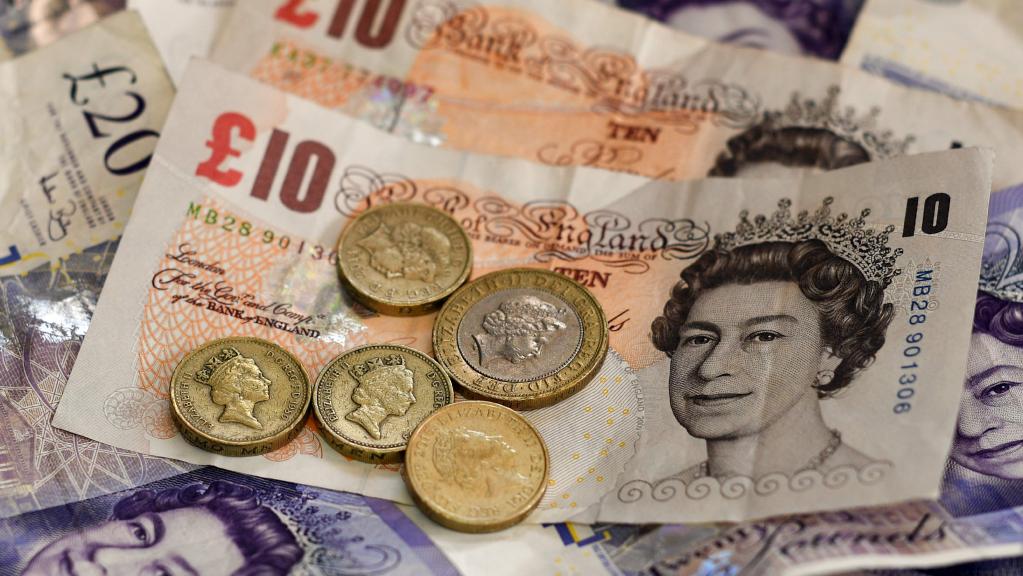The British Pound Sterling dropped on Monday, April, maintaining a four day downward trajectory as investors rapidly unwound their bullish bets on the currency following weak economic growth data and recent comments from the Bank of England that have led traders to reduce their bets on a rate hike next week.
The British currency dropped 0.3 percent on Monday, taking its losses to nearly 4.5 percent since hitting a post-Brexit referendum high of $1.4377 on April 17.
“This is the Bank of England repricing story and unless we get some solid data in the coming days or a structural change in the Brexit story, markets should consolidate around these levels,” said Viraj Patel, an FX strategist at ING Bank in London.
Net long speculative positions in the British currency posted their second-biggest weekly drop in the last eight months, according to U.S. Commodity Futures Trading Commission data released late on Friday,Reuters reports.
Though overall positions remained within striking distance of a four-year high hit last week, the magnitude of the drop in weekly positions meant more pain was in store for the pound as expectations of a 25 basis-point hike at a policy meeting by the Bank of England have broadly disappeared.
For the month, sterling is down nearly 2 percent. April is traditionally a month of strength for the pound due to tax-related repatriation flows and dividend payments.
The probability of the Bank of England raising interest rates have fallen to around 20 percent from roughly 90 percent earlier this month, according to derivative markets while many analysts including UBS have erased their view of a rate hike from the central bank this year.
Economic data and comments from Bank of England Governor Mark Carney were the two major reasons behind the latest washout in positions.
Britain’s economy grew at its weakest pace since the fourth quarter of 2012 in the first quarter of this year, expanding by just 0.1 percent, at the bottom end of economists’ forecasts in a Reuters poll and well below the BoE’s prediction of 0.3 percent.
Against the euro, sterling was 0.1 percent weaker at 88.12 pence in a data heavy week. A raft of PMI data is due this week on various sectors including manufacturing and construction.
“The mood is dark and further weakness is likely,” said Kit Juckes, a currency strategist at Societe Generale in London who expects sterling to weaken to $1.3660, its lowest since Jan. 12.
On a trade-weighted basis, sterling steadied above a three-week low hit last week.












